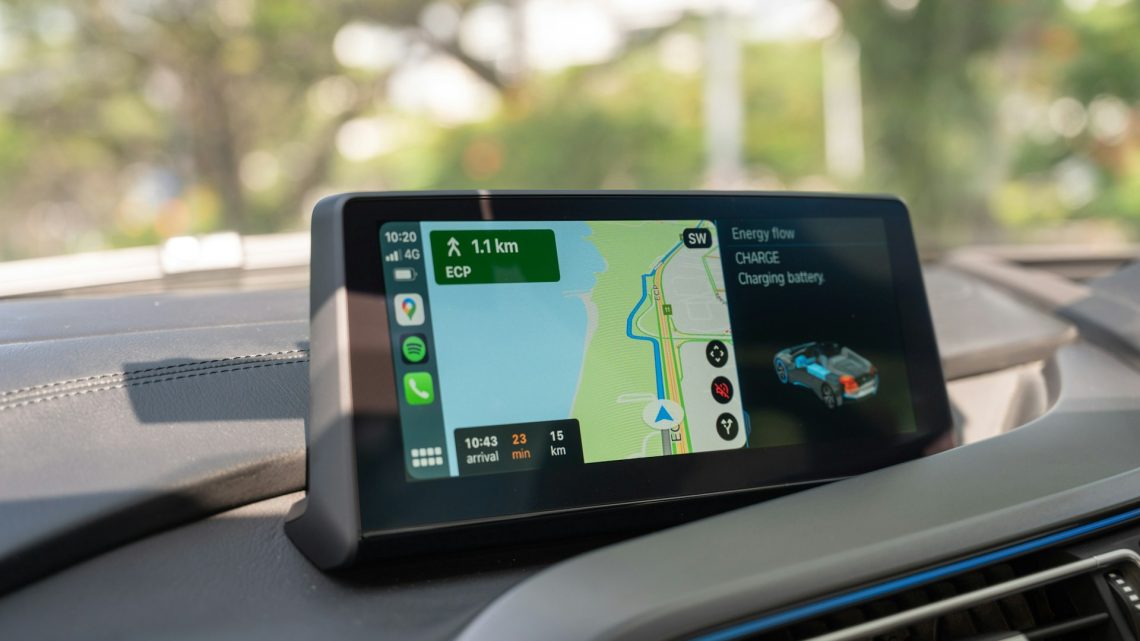The Changing Face of Satellite Navigation: From Dashboard Obsolescence to Municipal Surveillance
26 November 2025The Decline of Built-in Sat-Navs
Once considered a premium selling point for vehicle manufacturers, integrated navigation systems are rapidly falling out of favour. Today’s motorists are increasingly bypassing these factory-fitted units, preferring instead to plug in their smartphones the moment the engine roars to life. This shift in behaviour stems from a combination of technological stagnation and practical frustration that has relegated the on-board GPS to the sidelines. Despite car interiors boasting larger, sharper touchscreens than ever before, the proprietary software running on them simply cannot compete with the pace set by the global tech giants.
Losing the Technological Race
For years, embedded systems have been plagued by sluggish performance, rigid menu structures, and maps that become obsolete almost as soon as the vehicle leaves the showroom. Automotive manufacturers attempted to develop bespoke solutions, yet they lacked the software agility of Silicon Valley’s heavyweights. Updating these systems often proved to be a laborious and costly affair, requiring visits to dealerships or the purchase of expensive data packages. This inertia stands in stark contrast to the fluidity of mobile platforms, where applications adapt constantly through rapid, free updates. Confronted with these cumulative flaws, drivers have largely abandoned the native interface in favour of the reliability and familiarity of their handheld devices.
The Smartphone Monopoly
The dominance of Android Auto and Apple CarPlay has effectively sealed the fate of the traditional car sat-nav. By mirroring their phone’s interface, drivers gain instant access to their travel history, saved locations, and preferred media. The intuitive nature of these platforms, combined with effective voice commands, minimises distraction while offering continuous map updates—a level of convenience legacy systems struggle to match. Although manufacturers have belatedly introduced over-the-air updates, habits are now deeply entrenched. While the built-in GPS retains some utility for managing internal vehicle functions, its persistent lag and occasional routing incoherence render it a secondary tool. For the modern driver, the smartphone is the undisputed navigator of choice.
A Sharp Contrast: Surveillance on the Streets of Almería
While private individuals are opting out of embedded tracking systems for convenience, public authorities are embracing them for strict operational control. A striking example of this trend is unfolding in Almería, where the City Council is introducing rigorous oversight measures as part of a new cleaning and beach maintenance contract. With the city prepared to pay €27.57 million annually—more than double the current expenditure—they are demanding a technological overhaul to ensure every cent is accounted for. The upcoming fleet of cleaning vehicles will not only feature external cameras to assess the quality of work but will also be fully equipped with GPS tracking.
Micro-Managing the Cleanup
This digital monitoring extends far beyond heavy machinery. In a move to establish absolute transparency, even the humble hand carts pushed by street sweepers will be fitted with GPS units. This allows the Council to monitor, in real-time, whether a worker is completing their full route, how often they stop, their walking speed, and exactly where and when their bin is filled. While GPS tracking on rubbish trucks has been standard practice for years to verify collection routes, applying such granular surveillance to manual sweepers marks a significant leap from the random visual inspections of the past.
The Future of Smart Maintenance
The new contract requires the concessionaire to implement state-of-the-art monitoring systems, ensuring that both urban streets and beaches are maintained to precise standards. This technological net extends to street furniture as well; waste bins will be fitted with intelligent sensors and RFID tags to log maintenance and emptying schedules. Consequently, as the average motorist seeks to escape the clunky confines of dashboard navigation, the street cleaner in Almería is about to step into a world where every movement is mapped, measured, and analysed.

